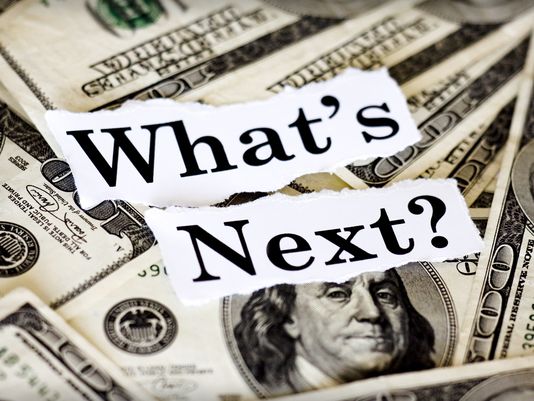
The evolution of personal finance advice in the United States over the past 20 years has been nothing short of remarkable.
While the late 1990s is better know as the era of the dot-com bubble, it was also known for a growing effort to get Americans to set more money aside for retirement. Pension plans had been on a steady decline since the mid-1970s, and a whole generation wasn’t pleased with the retirement income projections they were being shown.
This led to more financial education around ways for people to save more money.
While the relatively simple approaches of the time weren’t wholly successful, they did manage to reset the responsibility for retirement from the employer to the employee (although some people still struggle with this concept, even today).
The early 2000s saw the rise of credit-card debt and all the trouble that created. Americans enjoyed the loose lending standards of credit-card companies and financial institutions only to later realize that loan approval wasn’t as affordable as they were led to believe.
It was also around this time that a “homeownership is for everyone” movement overtook our universal sensibility. The predilection to borrow and the willingness to ignore certain mathematical realities soon coaxed millions of unqualified buyers into the ranks of homeownership. Many Americans achieved their homeownership dreams by entering into foolish loan structures and/or using their paltry amounts of home equity as seemingly bottomless piggy banks.
Then the whole financial house of cards collapsed.
The Great Recession ushered in the return to fundamentals, and financial educators rejoiced. The fresh start was fueled by a shell-shocked population’s fearful new reality – shrunken retirement accounts and an unstable job market.
In essence, people cared about stability again. Granted, that only lasted for a few years. Then we rediscovered our desire to value stuff over stability. Our good behaviors waned.
The world of personal finance doesn’t seem to have learned the lesson. It may look as though Americans turned a corner but, in truth, we didn’t. The “if they let me borrow, then I must be able to afford to borrow” mentality is back, as evidenced by the reappearance of subprime lending.
Over the past few years personal finance experts have had some success getting consumers to change their behaviors. But the bevy of troubling consumer debt statistics, retirement readiness statistics and the paltry personal savings rate makes it clear that a large portion of the population simply doesn’t care.
Understand, I’m not talking about people who care but can’t do anything about it because of low wages. I’m talking about millions of people financially afflicted by their own apathy.
This brings us to today.
The current mission of those in the personal finance industry is to get people to care. When a person is presented with facts about their financial life and likely financial future, they must care enough to take action.
How do you get someone to accept reality, care to make a change and then act?
I don’t yet have a good answer to that question. Why does a teenager finally start caring about their grades? Why does someone who is middle-aged and overweight decide to lose 60 pounds? Why does anyone who hasn’t cared in some time finally decide to care?
For those Americans who have the incomes to support stability, our modern problem is convincing those people to care enough to take the next step in the evolution.























